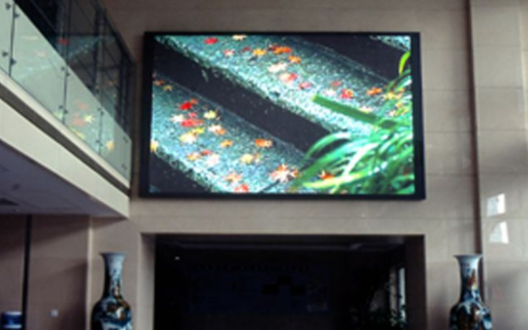First of all, this is definitely not something that can be changed casually. The main reasons are as follows:

1. Limitation on brightness. Indoor LED screens don’t require high brightness, and they typically use a dynamic scanning circuit. On the other hand, outdoor LED displays need much higher brightness and use a static scanning circuit. The hardware difference between the two is significant. Dynamic scanning is mainly used to reduce hardware costs. The number of driver chips used in indoor systems is more than ten times less than that in outdoor systems, which results in lower brightness for indoor displays—usually around 1500 cd/m². This level of brightness is only suitable for indoor environments.
2. Waterproof restrictions. The structure of an indoor LED screen is not designed to be waterproof or only has basic waterproofing. In contrast, outdoor LED displays require strict waterproofing measures. During production, both the cables and the cabinets are sealed to prevent water damage. This leads to different structural requirements for the cabinets themselves, making it unsuitable for direct replacement.
3. View distance restrictions. Indoor LED screens are meant for close-up viewing, and the typical models are P3, P4, P5, or P6. As a result, the size of the screen is usually small, generally under 15 square meters. Outdoor full-color LED displays, on the other hand, are designed for long-distance viewing, with models like P10, P16, or P20. These screens are much larger, often exceeding 30 square meters, to ensure visibility from a far distance.
In summary, indoor and outdoor full-color LED displays differ in brightness, waterproofing, and viewing distance requirements. These differences lead to variations in materials, components, and cabinet design from the start of production. Therefore, it’s not easy to switch between them. If you attempt to do so, you’ll likely end up spending more without achieving the desired results.
UCOAX specializes in custom drawing, flattening, stranding and insulating, cutting and stripping of fine wire and cable .0009" (AWG #48) and larger.
UL iQ for appliance wiring materials
Single-Conductor, Themoplastic Insulation
1007 1015 1061 1185 1126 1227 1330 etc.
Multiple-Conductor, Thermoset Insulation
2464 2468 2725 2835 2990 20276 20379 21100 21118
Single-Conductor, Thermoset Insulation
3173 3265 3266 3271 3272 3302 3346 3347 3363 3383 3385 3386 3619
For more details, please feel free to contact us, thank you.
Ul Wiring Material,Ul Wiring Material Components,Electrical Wire Materials,Wiring Material
UCOAX , https://www.ucoax.com